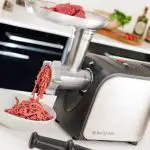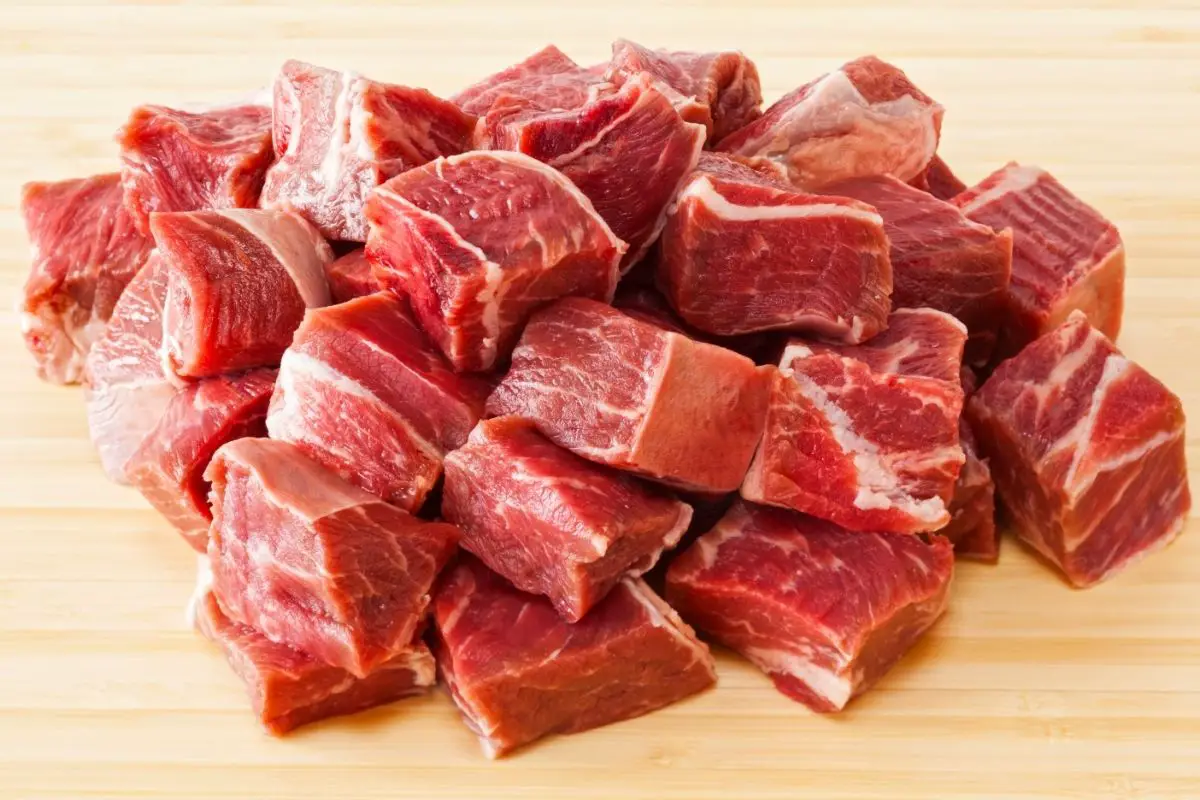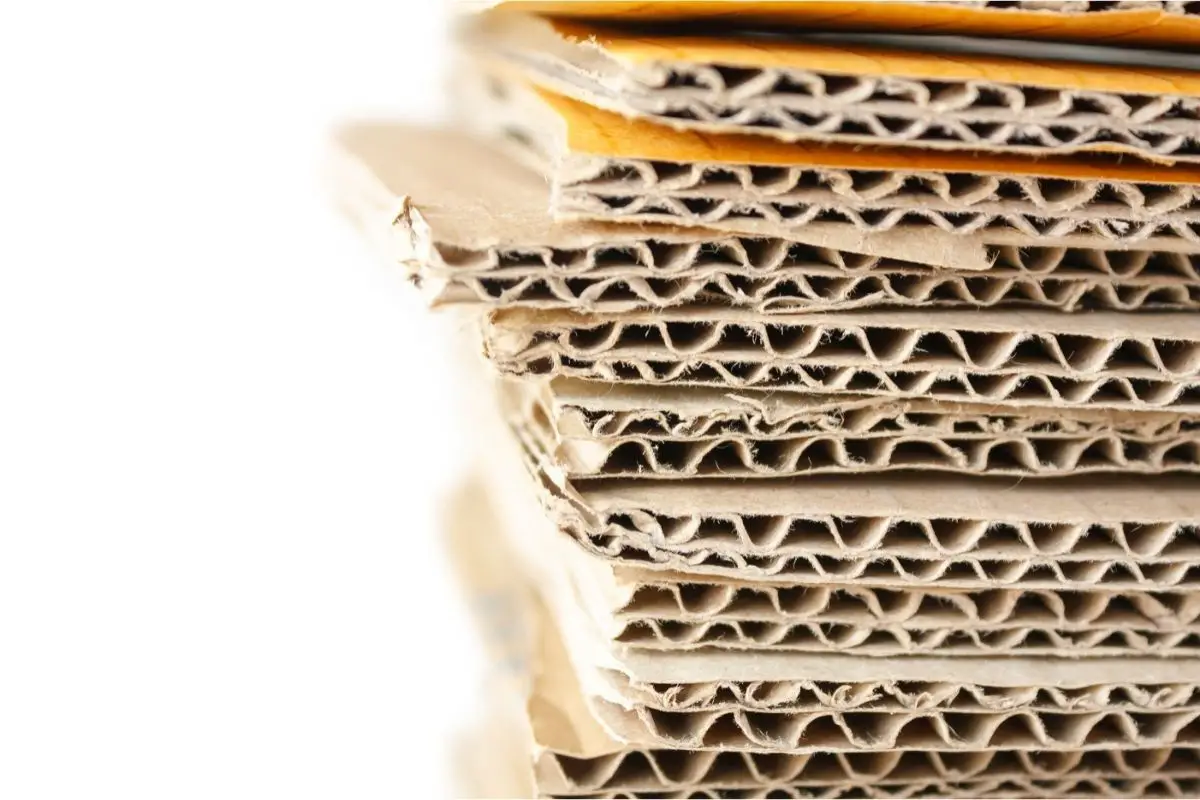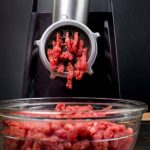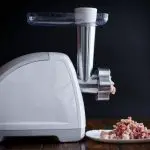While it’s quite rare, ground beef can sometimes be a little chewy after you’ve run it through your grinder. This is a fairly common problem, and there are a number of reasons that it can happen – we’re going to run through a few of them here.
Meat Quality
This might be a little obvious, but the reason that your ground beef is chewy when cooked is that it was a little low quality when it was raw. Therefore, making sure that the overall quality of the beef you’re using is quite good will allow you to ensure that the quality of your cooked beef is quite good.
To cut a long story short, the final line is quite simple – as meat sits, the proteins within it oxidize. This leads to the overall degradation of the meat, leading to a poorer product. If your beef is at all old or off, it’s not worth grinding and cooking it. Not only will it result in a low-quality end product, but there’s every chance that it could make you and your family sick. Naturally, that’s something we’d all like to avoid.
Undercooking
Regardless of the quality of the meat before, during, and after the grinding process, it can still always be undercooked. If this takes place, then it’s quite likely that the fat within the meat will remain intact rather than melting during the cooking process. This is more common with fattier blends, such as 20-30% lean beef.
The end result here is that when you chew into a piece of meat that still has small pieces of fat within it, while the protein part may be properly soft, the actual fat itself will still be raw and chewy. This is the reason that it’s often recommended not to wash ground beef before you cook it – the added water brings down the overall cooking temperature, often resulting in chewy or otherwise undercooked beef.
To be sure that you’re cooking beef enough, the USDA recommends you heat ground beef to a minimum of 160˚F. Measure that with a meat thermometer or any kind of high-temperature thermometer, and be safe when eating meat. That temperature is advised as it’s the temperature at which any harmful bacteria within the meat has been destroyed.
Overcooking
Now that we’ve spoken about undercooking ground beef, the temptation is to overcook the ground beef that you’re working with, thereby utterly melting and caramelizing the fat content within it, leading to a lack of those chewy chunks in undercooked beef. However, overcooked beef can be chewy, too, for different reasons.
Overcooked ground beef will have absolutely zero fat content within it. This is because as the proteins cook, they will first get to a point at which they absorb some level of moisture, though not as much as when raw. Over time, the proteins will start to expel all of their moisture, as well as prevent the reabsorption of any moisture during cooking. This always results in dry, chewy beef of beef, so matter what.
Frustratingly, there’s no real way to ‘undo’ this. Therefore, we would suggest simply keeping a careful eye on things when you’re cooking ground beef. Much like cooking a steak or a similar cut of red meat, the level at which the meat is ‘done’ really does matter.
To get the hang of things, we would recommend starting off with a meat thermometer so that you can get the feeling of how much heat, and for how long, results in properly cooked food.
Protein-to-Fat Ratio
The amount of protein and fat, relative to one another, is the key determining factor in what makes your specific recipe for ground beef taste the way it does. Typically, this is marketed by offering ‘X% lean’, where x% of the beef, by weight, is fat, and the remaining weight is protein.
The amount of fat within any particular ground beef should have a big impact on the way that you cook it. For example, lean beef shouldn’t be cooked for a long period of time – the low-fat content means that it will become tough and chewy over time. If you cook fatty beef for too short a time, the fat won’t melt and cook properly, leading to chewy chunks in your meat.
So, with that said, we would recommend adding or subtracting a few seconds to the cooking time of your ground beef, depending upon how much fat there is in it. Consider it simply – the reason fatty cuts like brisket can be tender is that they’re cooked extremely slowly, for a long period of time – the fat melts very slowly, leading to an end result that’s tender and moist without being chewy.
Therefore, to sum it all up, the protein to fat ratio should determine how you cook to avoid chewiness. More fat should be cooked for longer, and less fat should be cooked for shorter. Following that rule of thumb will help to avoid chewy ground beef.
An inappropriate cut of beef
This problem only really rocks up when you grind your own beef. Generally, a butcher or a supermarket will produce their ground beef from chuck, round, sirloin, and similar cuts. These cuts all strike a balance between being cost-effective and high in fat. This means that their ground beef will be quite fatty, leading to a mixture that must be cooked slowly for peak flavor and texture.
However, if you make your own ground beef, then you might be tempted to experiment with leaner cuts of meat. This is a bad idea – it will lead to you likely overcooking the meat itself, leading to a chewy meal that’s unpleasant for everyone.
To be sure that your ground beef is as tender as possible, stick with fattier cuts since you’ll be able to cook them more slowly, resulting in less chance of chewiness.
There is a range of reasons why your beef could be chewy, and we’ve run through them all here – we hope that our list helps you out! Whether you’re using store-bought or homemade ground beef, we hope that your meals are tender and delicious.
- What goes good with fried shrimp for dinner? - November 17, 2022
- Best Heat Diffusers for a Gas Stove - November 16, 2022
- Can you boil potatoes too long for mashed potatoes? - November 15, 2022


